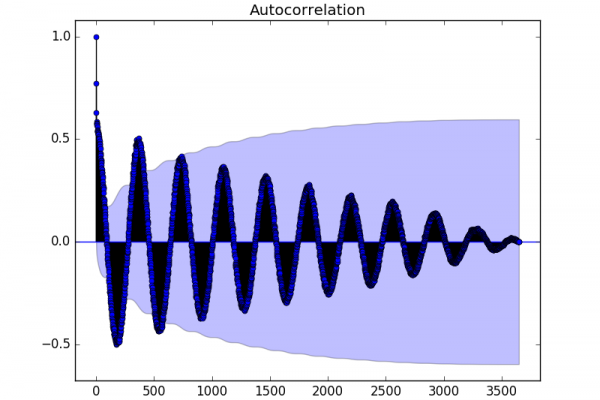A Gentle Introduction to Autocorrelation and Partial Autocorrelation
Last Updated on August 14, 2020 Autocorrelation and partial autocorrelation plots are heavily used in time series analysis and forecasting. These are plots that graphically summarize the strength of a relationship with an observation in a time series with observations at prior time steps. The difference between autocorrelation and partial autocorrelation can be difficult and confusing for beginners to time series forecasting. In this tutorial, you will discover how to calculate and plot autocorrelation and partial correlation plots with Python. […]
Read more








